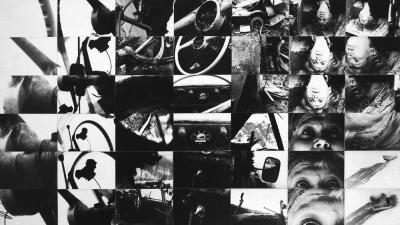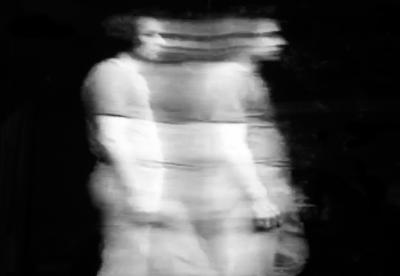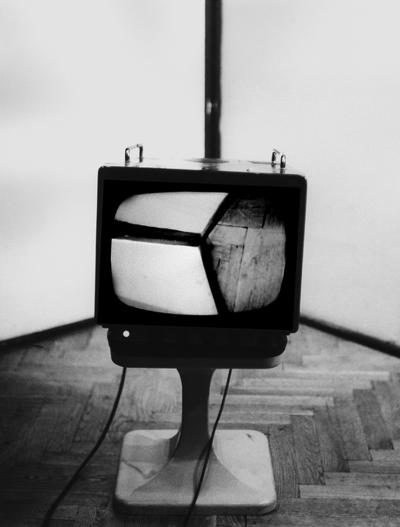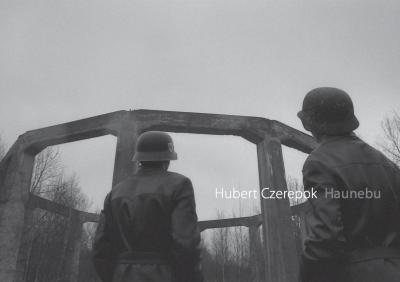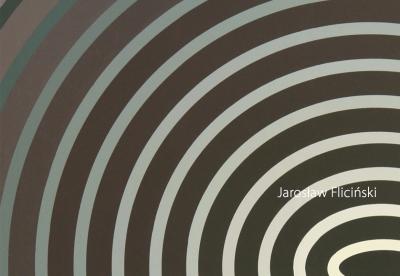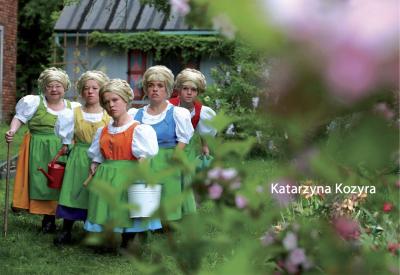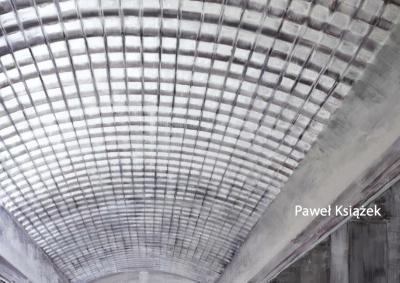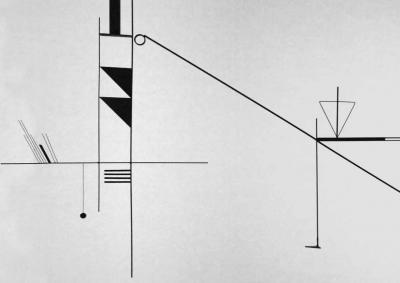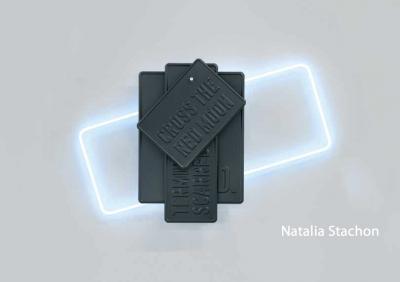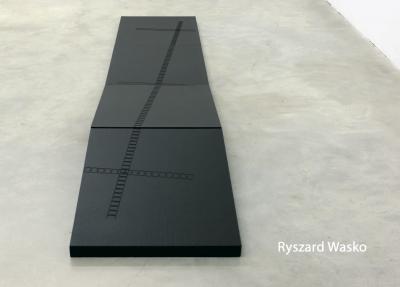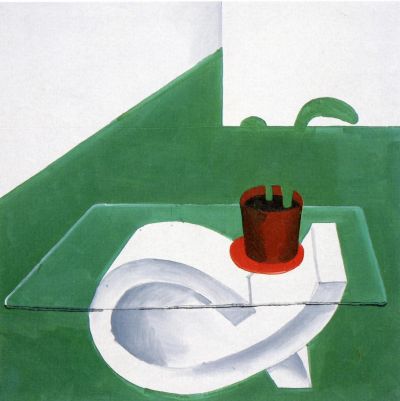Gallery ŻAK | BRANICKA, Berlin
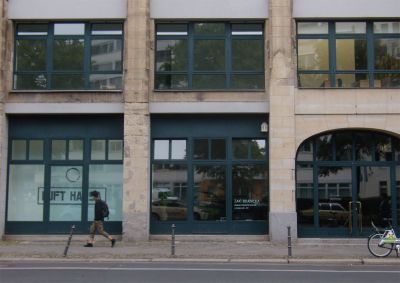
I rescued myself by running into the gallery twenty minutes before my appointment: the late summer sun in Berlin had been transformed into a violent storm with an oncoming wall of threatening clouds. I needed a few moments to realise that I had landed in another age. There were no staff to be seen. Only in the background could I make out a voice on the telephone. I walked up to the heavy counter and looked into the 1930s office. The style of the furniture, the typography and the posters were clearly recognisable. Had I been really transported back into the time of the Nazis, I could have booked a flight with Deutsche Luft Hansa AG immediately. On the visitors' desk, stuck in an old-fashioned newspaper holder, lay a news sheet dated 1932. The title picture showed a bearded pilot wearing a Lufthansa cap.
But everything is fake. All the pictures in the newspaper carry the same caption: “Pilot Robert Kuśmirowski sprawdzający maszynę przed odlotem”/“The pilot Robert Kuśmirowski controls the plane before take-off”. The newspaper is simultaneously the gallery's spring edition. In several places there is an interview with the Slovenian architect, Miloš Kosec and a dummy page containing a report on the Polish artist Ryszard Wasko, whom the gallery represents. The pilot on the title picture is in reality the artist responsible for the whole installation: Robert Kuśmirowski was born in Łódź in 1973 and now lives in Lublin. He is known for his construction of imaginary time capsules and fake photos, counterfeits and perfectly constructed replicas of historic objects, often from the Nazi era, which undermine and throw into question our collective memories. This time the artist had chosen a photograph of the Lufthansa office – it was situated in a building in Lindenstaße 35 between 1928 and 1938 – as a starting point for his current installation. “Take a seat”, says Monika Branicka, one of the two people who run the gallery, “you can use this installation.”
The art critic and historian arrived in Berlin from Kraków in 2007. Here she set up her own first-ever gallery. Acquaintances informed her that the artist Asia Żak, who also comes from Kraków, had also set up a gallery in the centre of the city. They made friends with each other and three months later decided to merge their galleries. In 2008 the young gallery, ŻAK | BRANICKA presented nine partly simultaneous exhibitions, and in the same year took part in a consortium for gallery owners in Berlin, abc art berlin contemporary, (it holds an annual meeting every year in mid-September), where Monika Branicka now has a seat on the advisory board.
The exhibitions in 2008 included a poster project by the Macedonian artists, Yane Calovski and Hristina Ivanoska (*1973), featuring an outline of a hypothetical museum designed by the Polish architect, Oskar Hansen (1922-2005), for the city of Skopje that had been destroyed by an earthquake in 1963; a monographic exhibition with large format photomontages by Zofia Kulik (*1947 Wrocław), whose work was shown at Documenta 12 in the previous year; an exhibition of drawings and prototypes by the Polish object, installation, photo, film and performance artist, Piotr Jaros (*1965 Myślenice); another by the multimedia artist, Hubert Czerepok (*1973 Słubice), who lives in Poznań and Wrocław, about a spaceship called “Haunebu” that had allegedly been found by the Germans during the Second World War. This was also one of the first exhibitions for which the gallery published a catalogue; there was also an exhibition entitled Fat Trout by the painter, Michał Jankowski (*1977), who lives in Zielona Góra; a show of geometric murals dealing with space and time by the painter, Jarosław Fliciński (*1963 Gdańsk); and finally, a video presentation entitled “Summer Tale” by the Warsaw media artist, Katarzyna Kozyra (*1963), whose work was shown in the Polish section of the Venice Biennale in 1999; as well as an exhibition by the Warsaw sculptor and video artist, Anna Baumgart (*1966 Wrocław), featuring her latest work, “The Hypothesis of the Stolen Image” (2008), based on a photo taken in 1961 during the building of the Berlin Wall.
Catalogues were also published for the exhibitions by Kulik, Jankowski, Fliciński and Kozyra. Since then these publications have been appearing as a series with an average of 10 pages in a uniform illustrated horizontal format: they can also be downloaded as PDF documents from the gallery's homepage. In addition, the gallery publishes an English-language newspaper four times a year, entitled ŻAK BRANICKA NEWSPAPER.
Monika Branicka says that it was never her aim to present a completely Polish programme. But since she had only recently set up her gallery in Berlin and had an insufficient number of contacts and no established network, she was not in a position to approach established, or even semi-established artists. Such artists would already have galleries working for them all over the world. On the other hand everything was different in Poland. Here there was no market for works of art and scarcely any galleries and collectors. Hence the gallery owners could simply approach the artists they most appreciated. “And these were, and still are, the best artists in Poland: Zofia Kulik, Józef Robakowski, and later Ryszard Wasko. These are the “classics”, who were also known in Germany.” From Berlin they kept an eye open for the most talented young Polish artists, some of whom were still studying at art academies in Poland and Germany. One of these was Agnieszka Polska (*1985 Lublin), who was in her third year at the Art Academy in Kraków and subsequently studied in Berlin; she subsequently took part in the 57th Venice Biennale, and in 2017 was nominated for the Berlin Preis der Nationalgalerie. She first exhibited her work in the gallery in December 2008 in a group exhibition featuring seven video artists from Poland: this was entitled “Video Point”, and featured the films “Video Gymnastics” and “Grass Film (Hair)”.
In 2009 the gallery presented an exhibition of works from the first generation of the Polish avant-garde by Stanisław Ignacy Witkiewicz, also known as Witkacy (1885-1939), along with others by Józef Robakowski (*1938 Poznań), which often referred back to his famous predecessor; furthermore there were solo exhibitions by the London sculptor, Kasia Fudakowski (*1985) and the Warsaw painter, Zbigniew Rogalski (*1974). At Art Basel the gallery presented works by the painter and video artist,Paweł Książek (*1973 Andrychów) who lives in Kraków. The Berlin gallery then presented solo art exhibitions by the painter and media artist, Dominik Lejman (*1969 Gdańsk) who works in Poznań and Berlin, and the painter and object artist, Szymon Kobylarz (*1981 Świętochłowice) from Katowice. In 2010 the exhibitions included those by Agnieszka Polska and the photographer, Krzysztof Zieliński (*1974 Wąbrzeźno) from Berlin. These were followed in 2011 by an exhibition by the multimedia artist, Joanna Rajkowska (*1968 Bydgoszcz), who lives in London and Warsaw: there then came an exhibition of pencil drawings by Paweł Olszczyński (*1985 Kraków), self portraits by the concept artist, Roman Opałka (*1931 Abbeville), and works by the Croatian object artist, Vlatka Horvat (*1974 Čakovec). In 2012 the gallery presented exhibitions by one of the most important Polish artists in concrete poetry, Stanisław Dróżdż (*1939 Sławków), featuring his well-known work, “Forgotten” (1968); and the legendary founder of experimental avant-garde films in the 1960s and 70s, Józef Robakowski.
In 2013 the gallery presented international avant-garde art: works by “Gorgona”, a group of nine artists that worked in Zagreb between 1959 and 1966 and whose concept art contradicted Communist society even before the art form began to develop in America; and works by the Austrian concept, action and performance artist, VALIE EXPORT (*1940 Linz). These were followed by exhibitions of young Polish artists currently living in Berlin: the sculptor and installation artist, Marlena Kudlicka (*1973 Tomaszów Lubelski), who studied at the Art Academy in Poznań, and the sculptor, graphic artist, object and installation artist, Natalia Stachon (*1976 Kattowitz), who studied in Hamburg and Zurich. The year 2014 began with an exhibition by the Polish concept artist, Ryszard Wasko (*1947 Nysa), who showed works from the 1970s. There followed exhibitions by some of the above named artists: in 2014, Rajkowska, Jankowski, Kulik, Lejman and Książek; in 2015, Horvat, Polska, Wasko and Kobylarz; in 2016, the artist duo Ivanoska/Calovski, Przemysław Kwiek and Zofia Kulik (aka KwieKulik), as well as Kudlicka and Wasko; in 2017, the Slovenian multimedia artist, Jasmina Cibic (*1979 Ljubljana) and finally, Robert Kuśmirowski. One of the highlights in the programme – arranged by the gallery on the occasion of the Berlin “Gallery Weekends” from 30. April to 4. May 2015 and held in the St. Elisabeth church in the Invalidenstraße – was the first solo exhibition in Berlin by the world famous sculptor, Magdalena Abakanowicz (1930-2017), centred on an installation consisting of 83 sculptures made in 1998/1999 and entitled “Bambini”.
The gallery still represents a number of these artists today. “We are a mid-sized gallery with a limited number of artists, explains Branicka: “We offer more challenging art, exhibit artists who can offer specific viewpoints and questions. Our collectors already possess a good deal of knowledge and wish to extend this knowledge. Museums also wish to fill in their gaps.” Some museums in Western countries, including the Tate Gallery in London, the Centre Pompidou in Paris, and MoMa in New York suddenly realised that they had missed out on 40 or 50 years of developments in Eastern European art, and there were huge gaps in their collections. Now they are building up special departments to include them. But according to Branicka, most people interested in art think that Polish art first began to exist after the fall of the Wall. Of course this is nonsense. Zofia Kulik, Józef Robakowski, Ryszard Wasko and many other artists were then already working as the second-generation of Polish avant-garde. By contrast with most artists from East Germany almost all of them were able to travel to the West. True, young artists like Kudlicka and Stachon would often draw their inspiration from the first generation of Polish avant-garde in the 1920s and 30s. Nonetheless the high quality of their work allowed them to participate in the international art market without a problem. Writings on art history and Poland have also long since reached an international level. The upshot is that we are all now able to reformulate the history of art in central Europe together. Branicka adds: “Furthermore our collectors are international. They do not specialise in Polish art but collect conceptual and contemporary art in general.”
A book edited by the ŻAK | BRANICKA Foundation and published by Hatje Cantz in 2011 is living proof that Polish art is arousing considerable international attention. “Polish! Contemporary Art from Poland” has more than 300 pages and contains articles on one of two artists by around thirty international curators, including Dieter Roelstrate, Angelika Stepken and Christoph Tannert. Almost all the above-mentioned artists are included, but also Paweł Althamer, Agnieszka Brzeżańska, Sławomir Elsner, Alicja Kwade, Marcin Maciejowski, Anna Molska, Monika Sosnowska, Piotr Uklański and Artur Żmijewski, to name but a few. In her introductory essay the artist historian and former director of the Warsaw Zachęta gallery, Anda Rottenberg, points out that, as a reaction to a number of stages of political repression and indoctrination there was a lively development of high-quality work in all areas of pictorial art, literature, music and theatre, which was completely ignored in the West. According to Rottenberg, after the war all the significant Polish artists were fully conscious of their significance in the development of global values.
The ŻAK | BRANICKA Foundation has its headquarters in Kraków and can be compared to a non-profit association in Germany. The gallery uses it to encourage support by public bodies and sponsors for projects and appearances by artists it represents and which it cannot finance from its own resources. Thus, it was able to gain grant aid from the Polish Ministry of Culture, German and national foundations, and the Internet portal, culture.pl for the presentation of a number of artists at the Art Cologne, the Berlin Biennale für zeitgenössische Kunst, the Paris FIAC, at international film and video festivals, the Artissima in Turin and Art Rotterdam. It was also given similar financial help for book projects on individual artists like Joanna Rajkowska and Dominik Lejman. The gallery's homepage provides considerable information on the other activities of the artists it represents, and also on their international awards and prizes.
In autumn 2017 the gallery house in Lindenstraße 34-35 and the ŻAK | BRANICKA gallery will be celebrating their 10th anniversary. The gallery is currently extending its programme. Alongside the Portuguese artist, Diogo Pimentão (*1973 Lisbon), it is hoping to also take up further international artists, some of whom will perhaps come from Germany. In November 2017 it will present an exhibition of works by Jarosław Kozłowski (*1945 Śrem), one of the best-known concept artists in Poland.
Axel Feuß, October 2017
We should like to thank the ŻAK | BRANICKA gallery for allowing us to present reproductions of works by many artists. The catalogue PDFs come from the gallery's homepage.
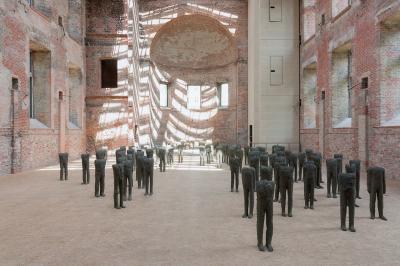
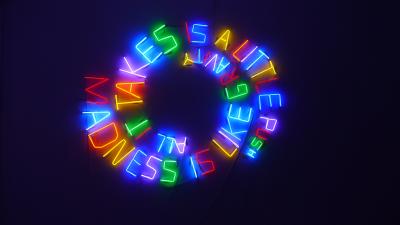
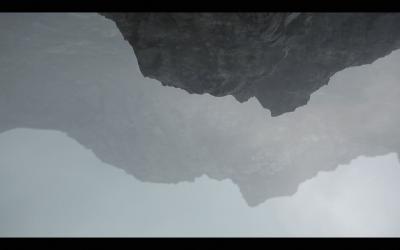
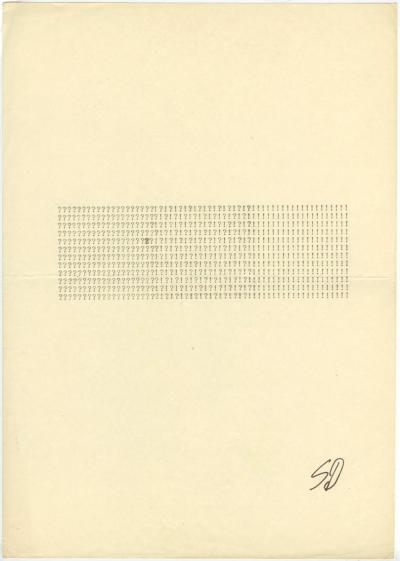
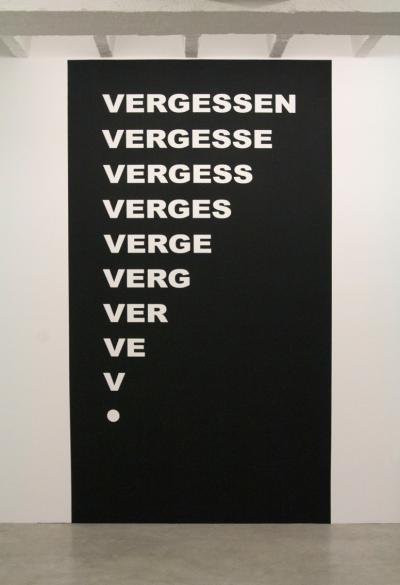
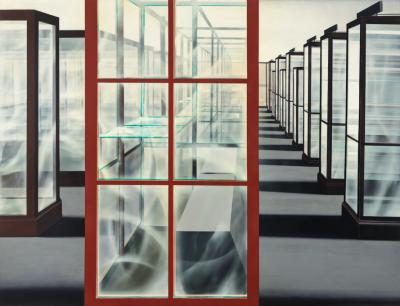
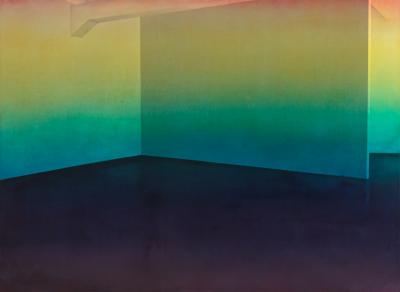
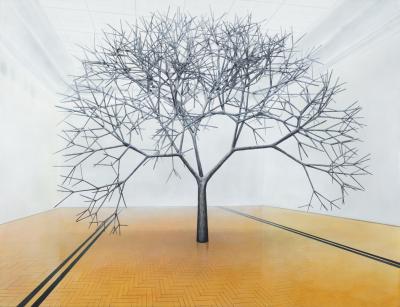
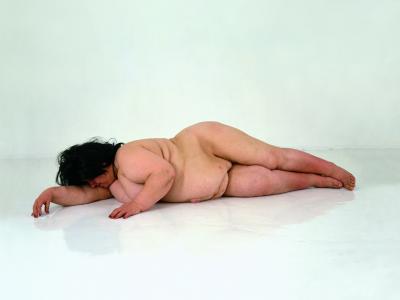
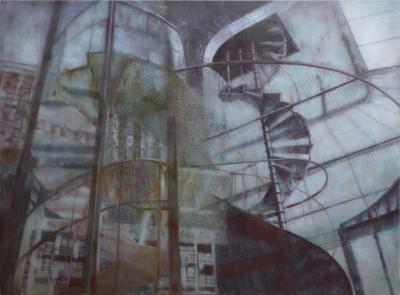
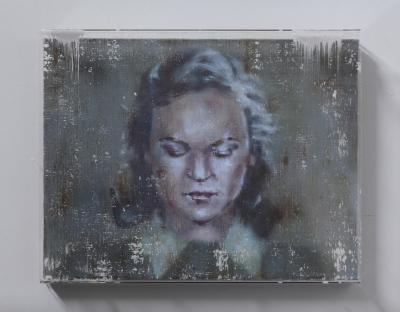
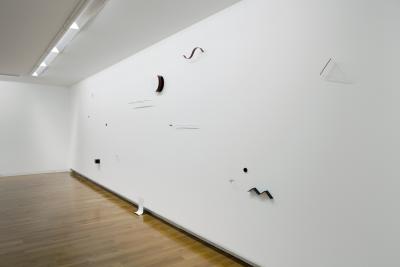
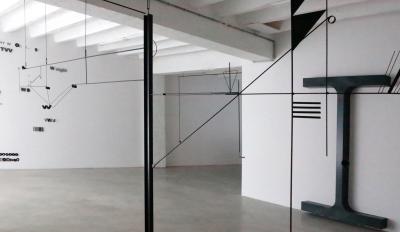
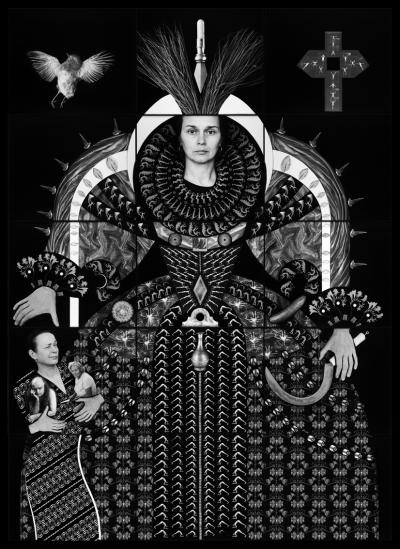
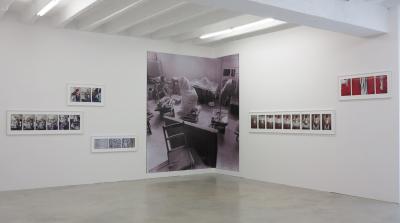
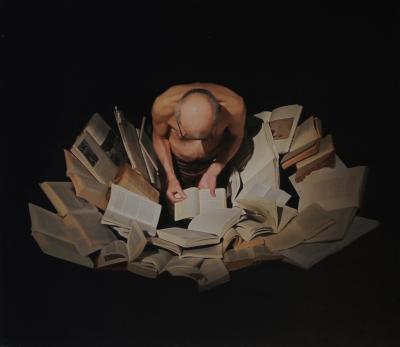
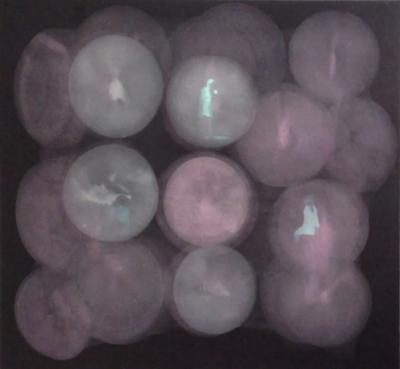
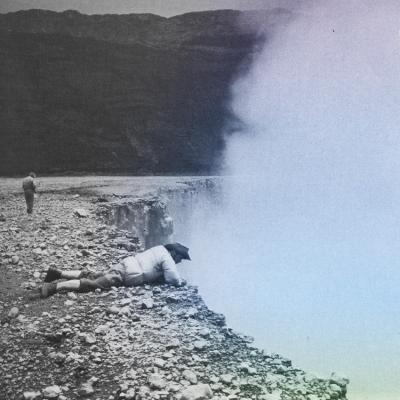
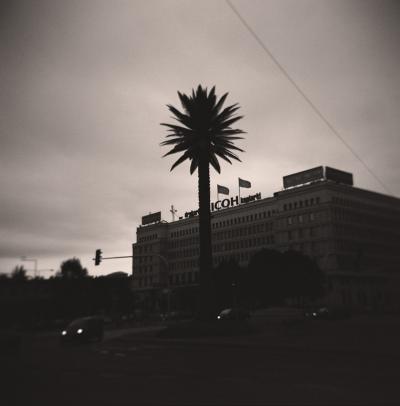
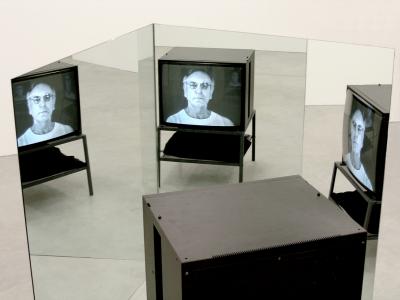
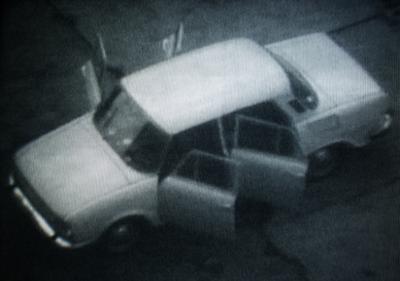
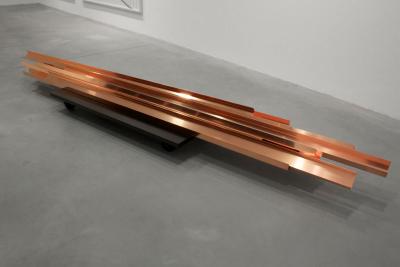
![VALIE EXPORT, Fragmente der Bilder einer Berührung [Obrazy kontaktu (fragmenty)], 1994 VALIE EXPORT, Fragmente der Bilder einer Berührung [Obrazy kontaktu (fragmenty)], 1994 - VALIE EXPORT, Fragmente der Bilder einer Berührung [Obrazy kontaktu (fragmenty)], 1994, widok instalacji, 2013, ŻAK | BRANICKA, Berlin](/sites/default/files/styles/width_100_tiles/public/assets/images/23_valie_export_exhibition_view.jpg?itok=Rus5uxA4)
